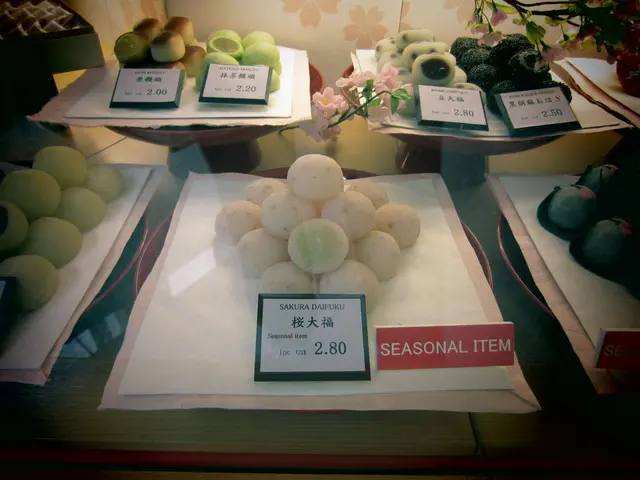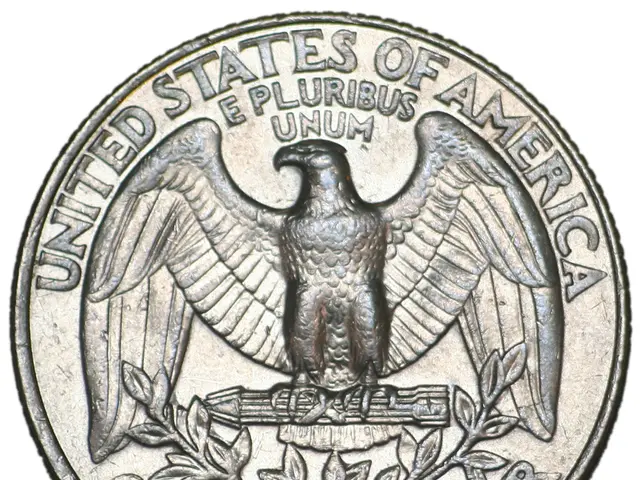Call for a Nationwide Policy on Essential Materials in the Automotive Sector during the Ongoing Rare Earths Shortage Crisis
The Indian auto component industry is grappling with a critical shortage of rare earth magnets, a predicament exacerbated by China's stricter export controls. This shortage poses a significant threat to electric vehicle (EV) production in India, as these magnets are indispensable for high-efficiency motors and traction motors in EVs.
The Automotive Component Manufacturers Association of India (ACMA) has sounded the alarm, describing the situation as a wake-up call. Since April 2025, India has been unable to import these magnets from China, the primary global supplier, leaving potential production delays and cuts in EV manufacturing.
China's dominance over rare earth supplies gives it significant geopolitical leverage, affecting not just India but also other countries like the US and EU. China controls nearly 90% of global rare earth processing, a statistic that underscores the severity of the issue.
The industry is facing a challenging landscape, with several domestic companies working on alternatives to conventional rare earth magnets or developing magnet-free motors. However, specific details about these alternative solutions are not yet publicly disclosed.
The government's intervention is crucial for implementing a national strategy to secure the future of EV and mobility manufacturing in India. Potential solutions include a critical materials strategy to ensure the availability of rare earth magnets, diversification in supply chains, and encouraging investments and localization to enhance domestic capabilities and reduce reliance on imports.
The auto component industry posted a turnover of $80.2 billion in FY25, with exports rising 8% to $22.9 billion and imports reaching $22.4 billion. Despite holding over 7 million tonne in reserves, India's annual output of rare earth materials remains under 3,000 metric tonne.
Manufacturers like Bajaj Auto and TVS Motor have publicly flagged the issue, warning of possible production delays if the situation persists. Companies such as Mahle, Valeo, Sterling Gtake, and Sona Comstar are among those pursuing rare earth-free designs.
The government is examining ways to boost domestic production of rare earth materials, with the industry urging for a national strategy on critical materials. The shortage threatens the sector's long-term competitiveness and stability, making it imperative for India to become self-reliant (Atmanirbhar) and localize the supply chain for critical materials.
The US remained India's top export destination, while China accounted for nearly a third of imports. The supply crunch, primarily due to China's export restrictions, jeopardizes the sector's growth and underscores the need for international cooperation to secure rare earth supplies and reduce dependence on China.
- In the global market, finance and technology sectors are highly invested in Decentralized Finance (DeFi) projects, which could potentially revolutionize the finance landscape and offer alternative solutions for securing rare earth supplies, a challenge currently faced by the Indian auto component industry.
- The mining industry, especially in countries like Australia and Brazil, couldPlay a significant role in expanding rare earth production to meet the growing demand, thereby helping to mitigate the geopolitical leverage currently held by China, a key exporter, and reducing dependence on them.
- As the auto component industry strives to localize the supply chain for critical materials, technological advancements in sports and fitness industries, particularly in wearable devices and electric vehicles, could provide valuable insights on how to design and manufacture rare earth-free components, thereby ensuring sustainability and self-reliance in the industry.




